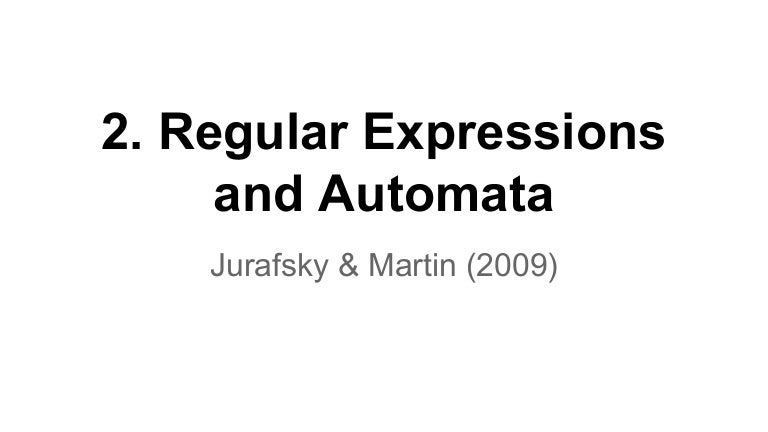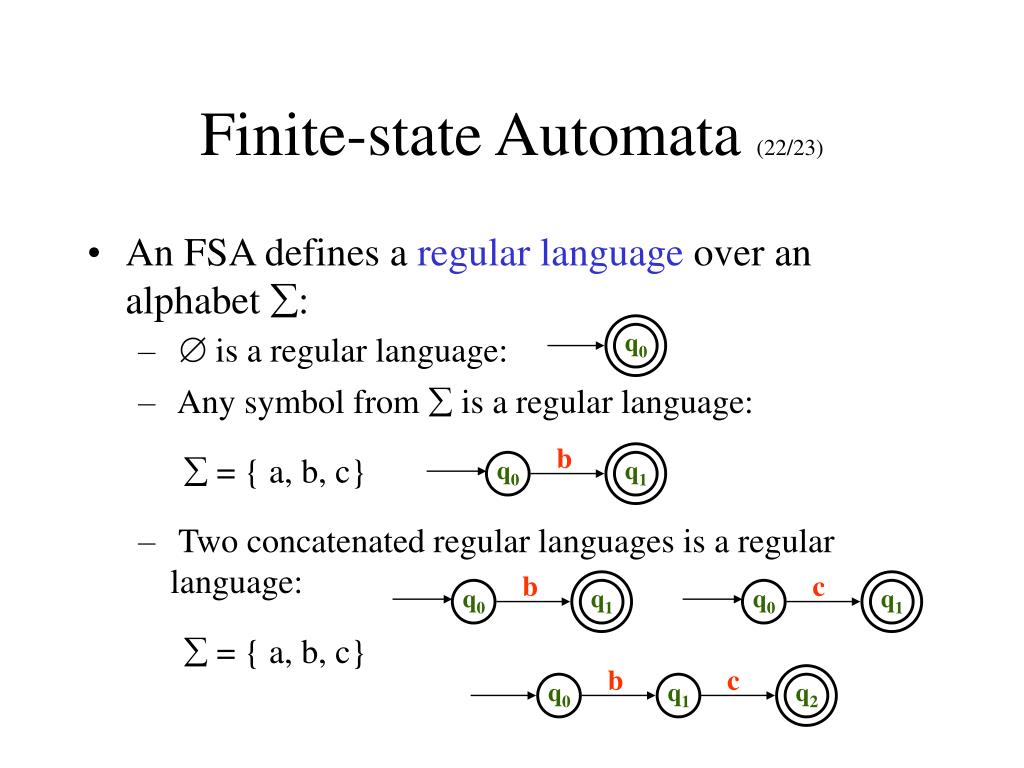
Activity diagrams show processes and their temporal-sequential and concurrent relationships, and state transition diagrams or their more mathematical manifestation- finite state machines (FSM, state machine in ), that represent the dynamic behavior of entities in response to events. Process models include data flow diagrams that define processes (despite the name), their input and output data, how it flows between them and their hierarchical decomposition. Some model types define data: entity-relationship diagrams that represent application entities and their relationships class diagrams represent entities as classes, their data (members), operations (methods), and their inheritance and aggregation relationships (for additional model definitions-see ). Model types used in requirements engineering have visual representation and mathematical rigor it is up to the requirements engineer to decide which of those two aspects to emphesize more. Requirement models are used to clarify and improve requirements consistency, unambiguity, correctness and completeness.


It also shows how this requirements model can guide design, implementation and testing, creating a requirements-derived development process. This article presents a layered FSM model-a layer for each development phase, and presents the requirements layer in detail as the requirements engineer’s tool for creating more correct and complete requirements. The finite state machine (FSM) model is very popular with requirement engineers and developers, but all use the same basic model for requirements and implementation. Requirement models are used to clarify and improve requirements consistency, unambiguity, correctness and completeness. Process optimization via profound consulting and innovative solution concepts.


 0 kommentar(er)
0 kommentar(er)
